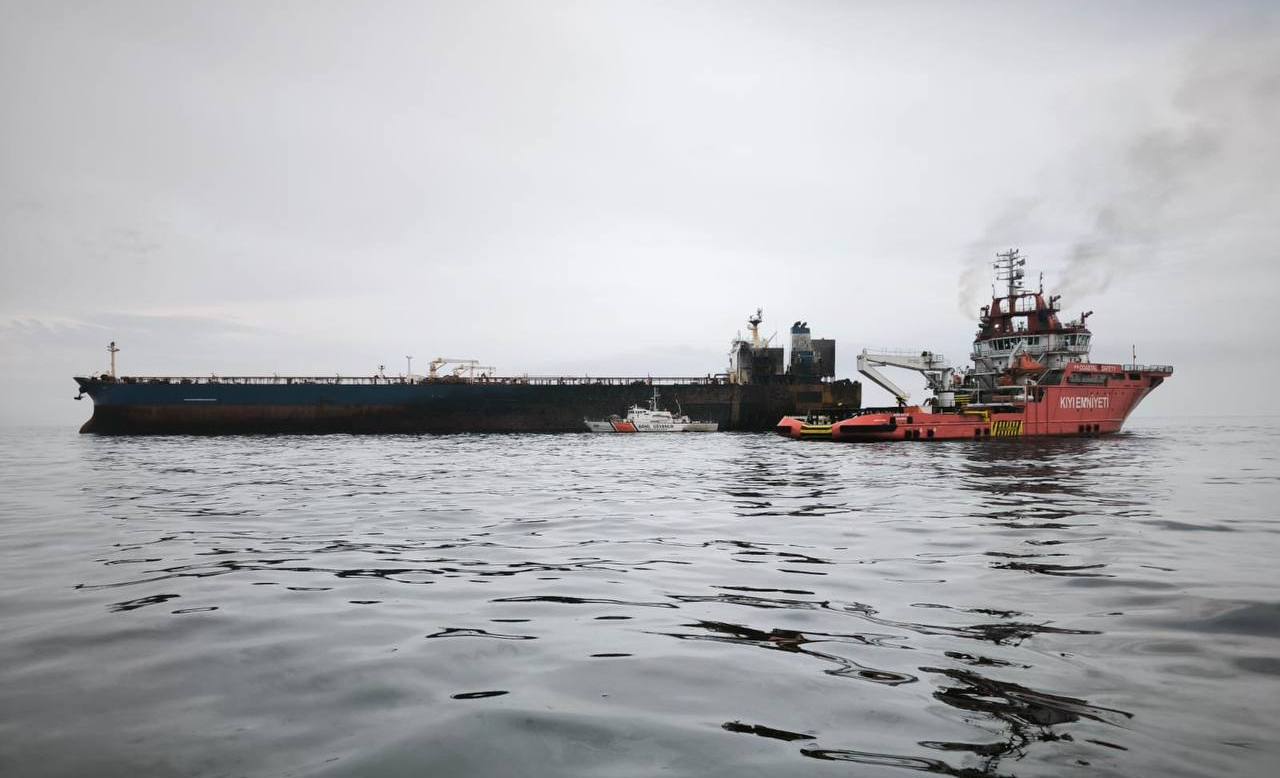LONDON, June 17 (Reuters) – Critical energy infrastructure in Israel and Iran has not escaped unscathed from the first few days of the countries’ escalated conflict. Worst-case scenarios have yet to be realized, but the war is already having a notable impact on energy production and exports in both countries.
Benchmark Brent crude oil prices jumped 7% to over $74 a barrel on Friday after Israel launched an unprecedented wave of airstrikes on Iran, prompting Tehran to fire hundreds of ballistic missiles at Israel.
Some energy facilities have been hit in both countries since then, leading to significant disruptions to production.
However, prices receded slightly on Monday, as it appeared that both sides were not immediately targeting the most sensitive energy infrastructure and supply routes, and following a report that Iran was seeking ceasefire mediation.
Investor focus remains squarely on the Strait of Hormuz, a narrow and vital waterway between Iran and Oman in the Mideast Gulf through which between 18 and 19 million barrels per day of crude oil and fuels flow, nearly a fifth of the world’s consumption. Another 85 million tons of liquefied natural gas from Qatar and the United Arab Emirates were also sent through the strait last year, equivalent to around 20% of global demand.
Disrupting maritime activity through the strait would thus severely impact oil and gas markets, pushing prices much higher, possibly into three-digit territory.
This doomsday scenario has not yet played out, but disruption to both Iran’s and Israel’s energy industries has been meaningful nonetheless.
Perhaps most notably, Iran’s oil exports appear to have essentially ground to a halt in recent days. Total Iranian crude and condensate oil exports this week are currently forecast to reach 102,000 bpd, compared with a weekly average of 1.7 million so far this year, according to analytics firm Kpler.
Critically, exports from Kharg Island from which Iran exports over 90% of its oil, appear to have completely halted since Friday. No tankers were anchored at Kharg Island as of Monday, according to LSEG satellite ship tracking data.
However, Iran has roughly 27.5 million barrels stored in tankers outside the Gulf, according to Kpler data, which would enable it to sell oil for a few weeks.
Iran has produced an average of 3.4 million bpd of crude oil and another 1.3 million bpd of condensate so far in 2025, according to the U.S. Energy Information Administration, with China appearing to be the main buyer.
IRANIAN GAS AND CONDENSATE
Israel has also directly targeted some Iranian energy infrastructure.
Iran on Saturday partially suspended gas production at the South Pars gas field in the Mideast Gulf, in what was probably Israel’s first strike on the country’s oil and gas sector.South Pars, which is shared with Qatar, is the world’s biggest gas field. It produces around 610 million cubic meters of natural gas per day, accounting for around 80% of Iran’s total gas output.
The portion controlled by Qatar, referred to as the North Field, provides the natural gas for the Gulf state’s enormous LNG industry.
The field also produces around 700,000 barrels of per day of condensate, a light oil that is used as feedstock to produce fuels and petrochemicals. The Persian Gulf Star condensate refinery, which became Iran’s largest refinery when it came online in 2017, can process 420,000 bpd of condensates from South Pars.
While the extent of the damage to the South Pars field is unknown, any serious issues could meaningfully impact condensate production.
In addition, Israel has targeted the Shahr refinery outside Tehran as well as a number of fuel depots around the capital city. Again, the full impact of these strikes on production is unknown.
ISRAEL DISRUPTION
The conflict has also already had a significant effect on Israel’s energy industry.Israel on Friday shut down two of its three offshore natural gas fields, the Chevron-operated Leviathan field and Energean’s Karish field, reducing Israel’s supply by nearly two thirds. While the country’s Tamar field continues to operate, Israel will have to turn to coal and fuel oil as a substitute for the gas in its power plants.
These supply outages have had a meaningful impact on Israel’s gas exports. Leviathan produced 11.33 billion cubic meters (bcm) in 2024, most of which is exported to neighboring Egypt and Jordan.
Israeli gas accounts for about 15-20% of Egypt’s consumption, data from the Joint Organisations Data Initiative (JODI) shows. The disruption of Israel’s gas supply led Egyptian fertilizer producers to halt operations on Friday.
Finally, the ORL oil refinery in Haifa, one of Israel’s two refineries, said on Monday it had shut down all its facilities after a power station used to produce steam and electricity was significantly damaged in an Iranian missile strike.
It remains to be seen how long the two sides will continue to exchange blows. If a ceasefire is quickly reached, the ultimate impact on energy markets could be relatively limited. But given how much this conflict has escalated in only a few days, the worst-case scenarios cannot be fully discounted.
Enjoying this column? Check out Reuters Open Interest (ROI), opens new tab, your essential new source for global financial commentary. ROI delivers thought-provoking, data-driven analysis. Markets are moving faster than ever. ROI, opens new tab can help you keep up. Follow ROI on LinkedIn, opens new tab and X.
(By Ron Bousso; Editing by Susan Fenton)
(c) Copyright Thomson Reuters 2025.

 Join The Club
Join The Club











